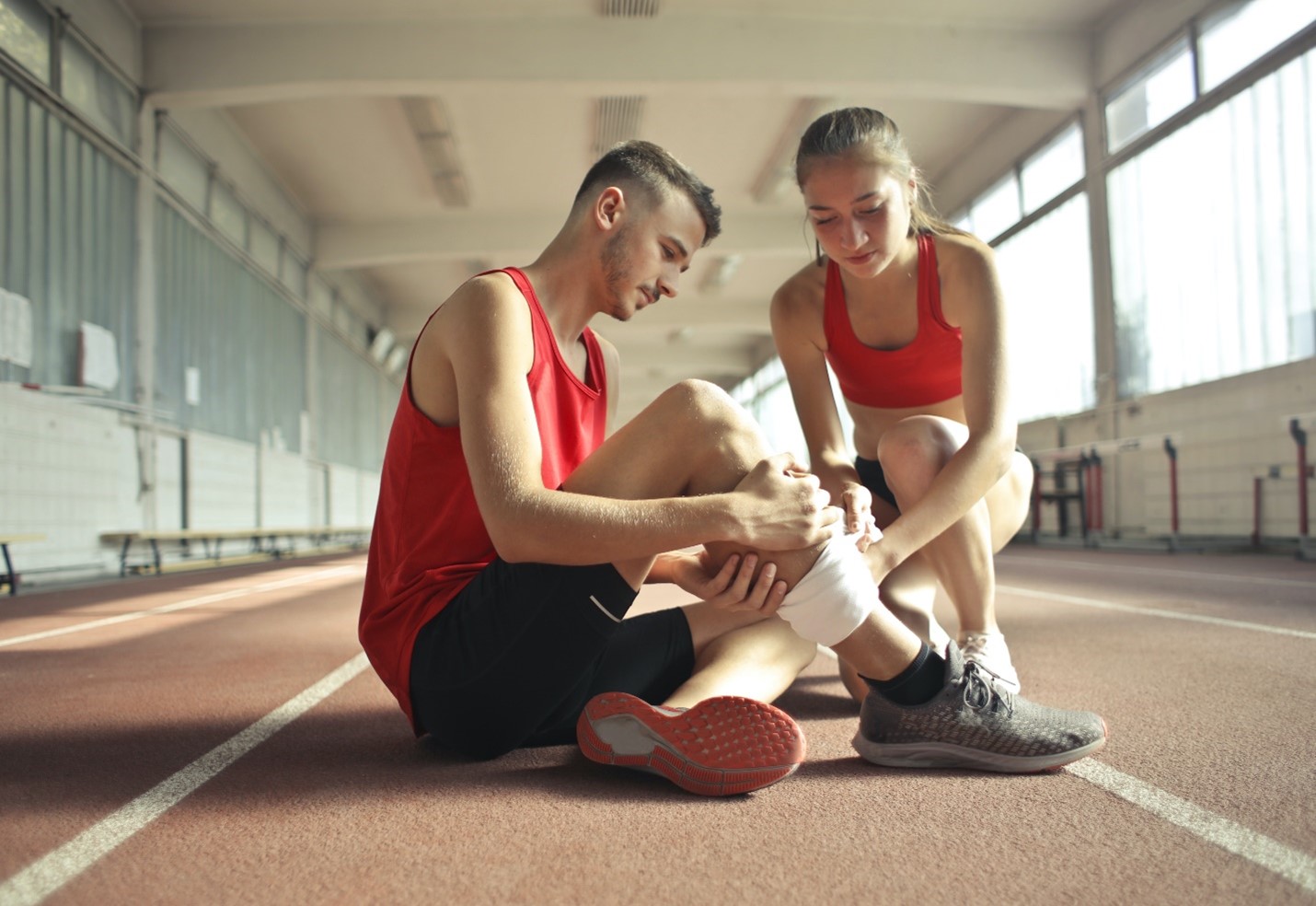
Physical exertion has mechanical risks. High-impact sports can lead to ligament tears, joint sprains, or muscle strain. Each injury reflects different tissue vulnerability. Quick acceleration stresses knees and ankles. Twisting during falls may damage ligaments. Muscle overuse results in microscopic tearing. Joints under pressure swell and stiffen. Collisions or contact increase fracture risk. Symptoms might appear immediately or emerge gradually over days.
Swelling often indicates internal tissue damage or joint fluid accumulation
Initial signs reflect internal disruption. Swelling often indicates internal tissue damage or joint fluid accumulation. Inflammation is the body’s defense mechanism. It increases circulation and immune response locally. Swollen joints lose range of motion quickly. Compression and rest help contain excess fluid. Ice application reduces inflammation during early stages. Pain may escalate if ignored or untreated. Diagnostic imaging may follow if swelling persists.
Rest alone may not be enough to restore full function after injury
Recovery involves more than waiting. Rest alone may not be enough to restore full function after injury. Inactive joints become stiff and weak. Muscles begin to atrophy without motion. Scar tissue may form improperly with immobility. Controlled movement promotes better healing alignment. Gradual reintroduction of force helps restore flexibility. Passive rest may prolong dysfunction unnecessarily. Supervised recovery encourages safe progression.
Physiotherapy addresses both the injured area and surrounding support systems
Treatment looks beyond the obvious. Physiotherapy addresses both the injured area and surrounding support systems. A torn ligament affects muscular balance. Pain alters walking mechanics and posture. Therapists evaluate joint function and movement patterns. Exercises target weakness and instability gradually. Alignment and coordination are reassessed over time. Muscles compensate for damage unless retrained. Addressing the full chain prevents re-injury.
Manual therapy can improve circulation, relieve stiffness, and promote tissue healing
Hands-on care supplements exercise. Manual therapy can improve circulation, relieve stiffness, and promote tissue healing. Therapists use specific pressure and movement techniques. Mobilization breaks down adhesions and scar tissue. Trigger points are treated through sustained compression. Fascia is stretched to release tension. These methods restore pliability and improve motion. Manual techniques vary depending on injury site.
Neuromuscular re-education helps rebuild coordinated patterns after joint trauma
Movement memory needs reprogramming. Neuromuscular re-education helps rebuild coordinated patterns after joint trauma. Injuries alter how the brain recruits muscles. Recovery requires retraining these faulty patterns. Exercises begin slowly with basic positioning. Balance and proprioception become key components. Closed-chain movements reintroduce natural feedback loops. Athletes regain dynamic control over injured regions.
Progressive loading gradually reintroduces resistance to the healing structure
Strength returns in controlled phases. Progressive loading gradually reintroduces resistance to the healing structure. Too much stress reopens microscopic injuries. Too little prevents sufficient adaptation. Load intensity is adjusted weekly. Pain levels guide progress decisions. Resistance bands and body weight offer safe transitions. Machines provide more precision during later phases. Structured progression builds long-term resilience.
Psychological readiness plays a role in regaining athletic confidence
Mind and body heal together. Psychological readiness plays a role in regaining athletic confidence. Fear of reinjury limits natural movement. Mental hesitation disrupts timing and reaction. Therapists observe these behavioral patterns closely. Visualization and graded exposure improve self-trust. Team integration also affects emotional state. Psychological setbacks delay full return to sport.
Return-to-play protocols ensure each stage of recovery is functionally validated
Safety follows structured benchmarks. Return-to-play protocols ensure each stage of recovery is functionally validated. Testing includes strength, range, and stability under pressure. Field drills replicate real game stress. Dynamic movement quality is reassessed repeatedly. Minor symptoms may halt progression briefly. Each level requires clinical clearance. Premature return risks further damage.
Preventive physiotherapy reduces the risk of reinjury through targeted conditioning
Preparation reduces future injury. Preventive physiotherapy reduces the risk of reinjury through targeted conditioning. Strength imbalances are addressed proactively. Mobility restrictions are corrected early. Functional asymmetries are identified through screening. Individual programs are designed based on sport demands. Flexibility and control are balanced through dynamic drills. Prevention begins once recovery ends.
